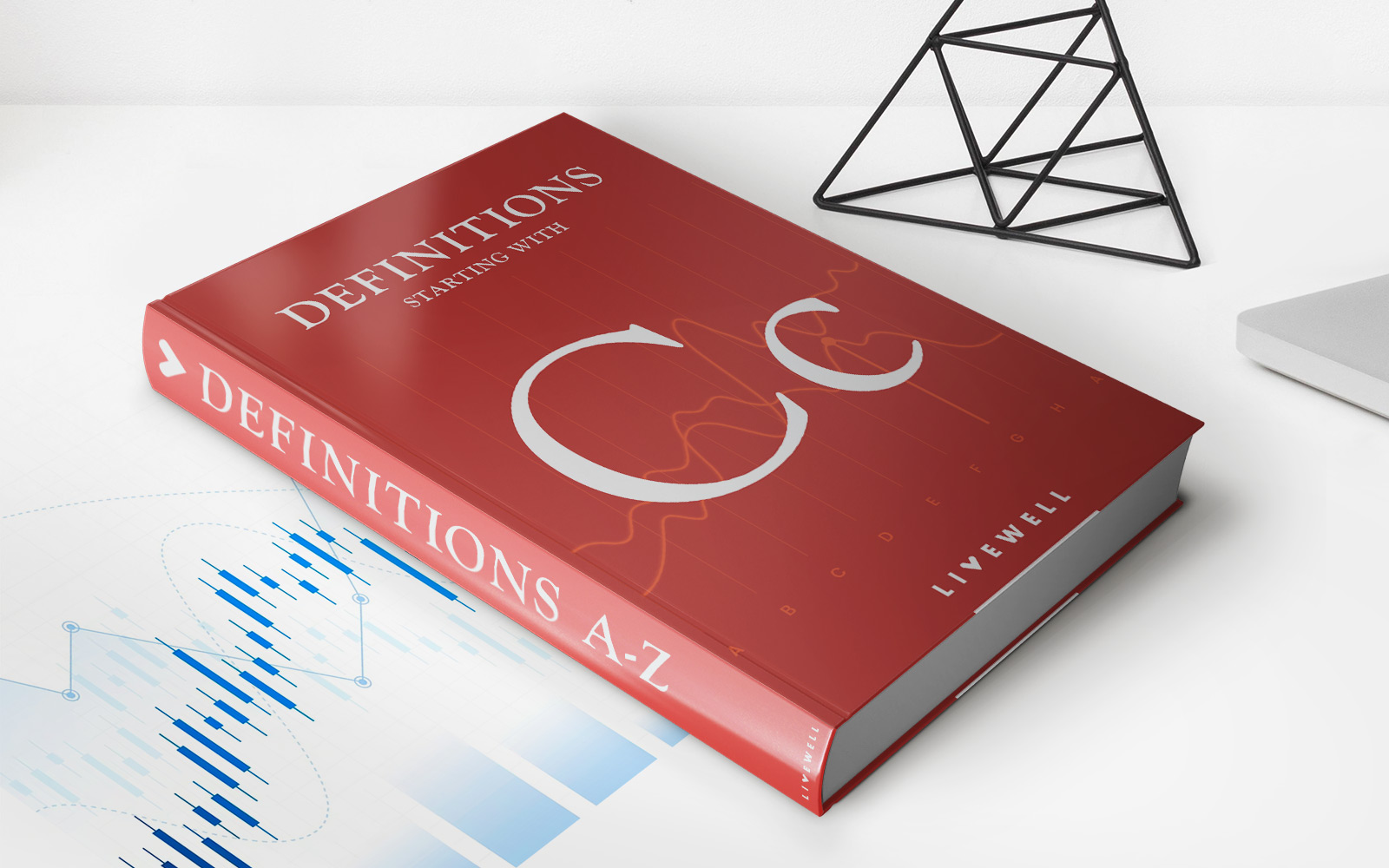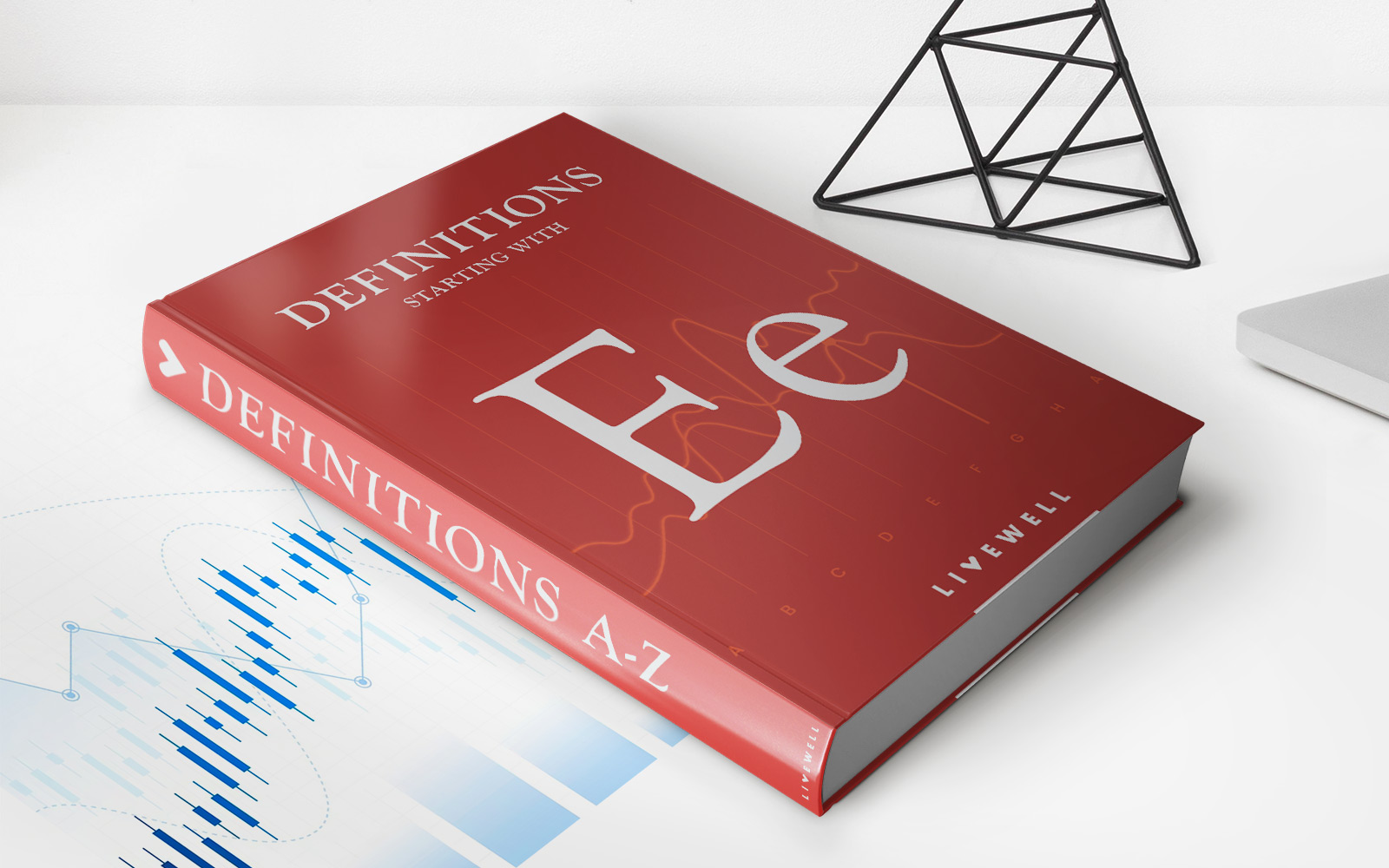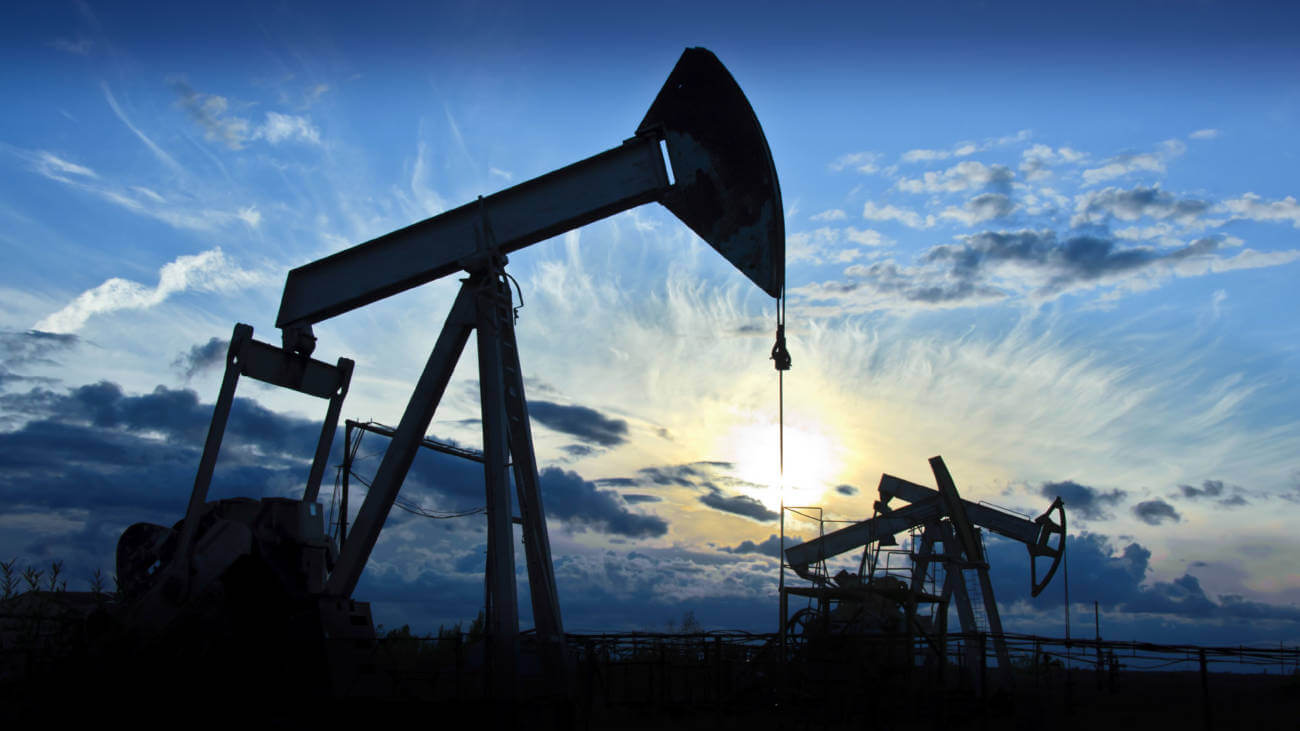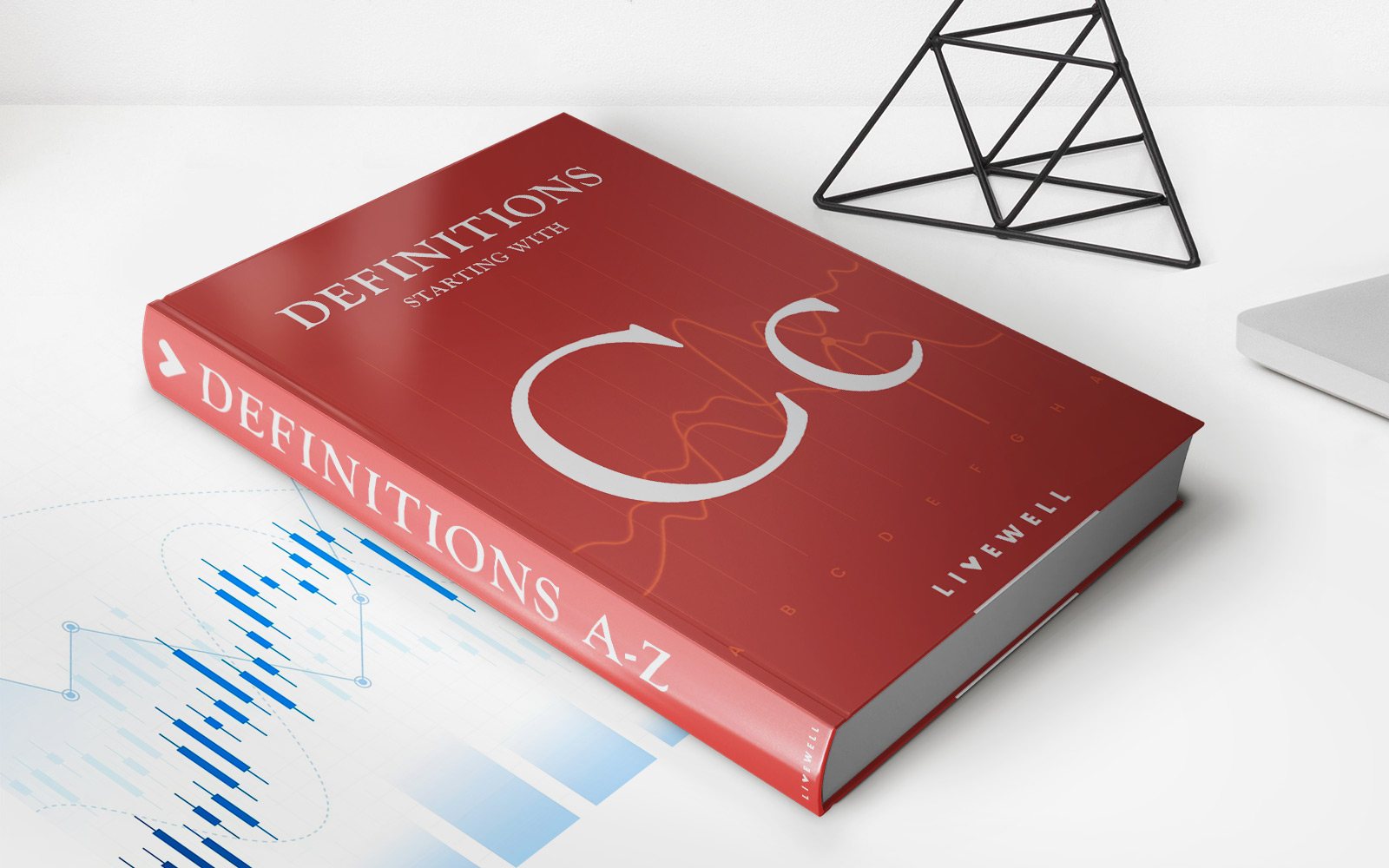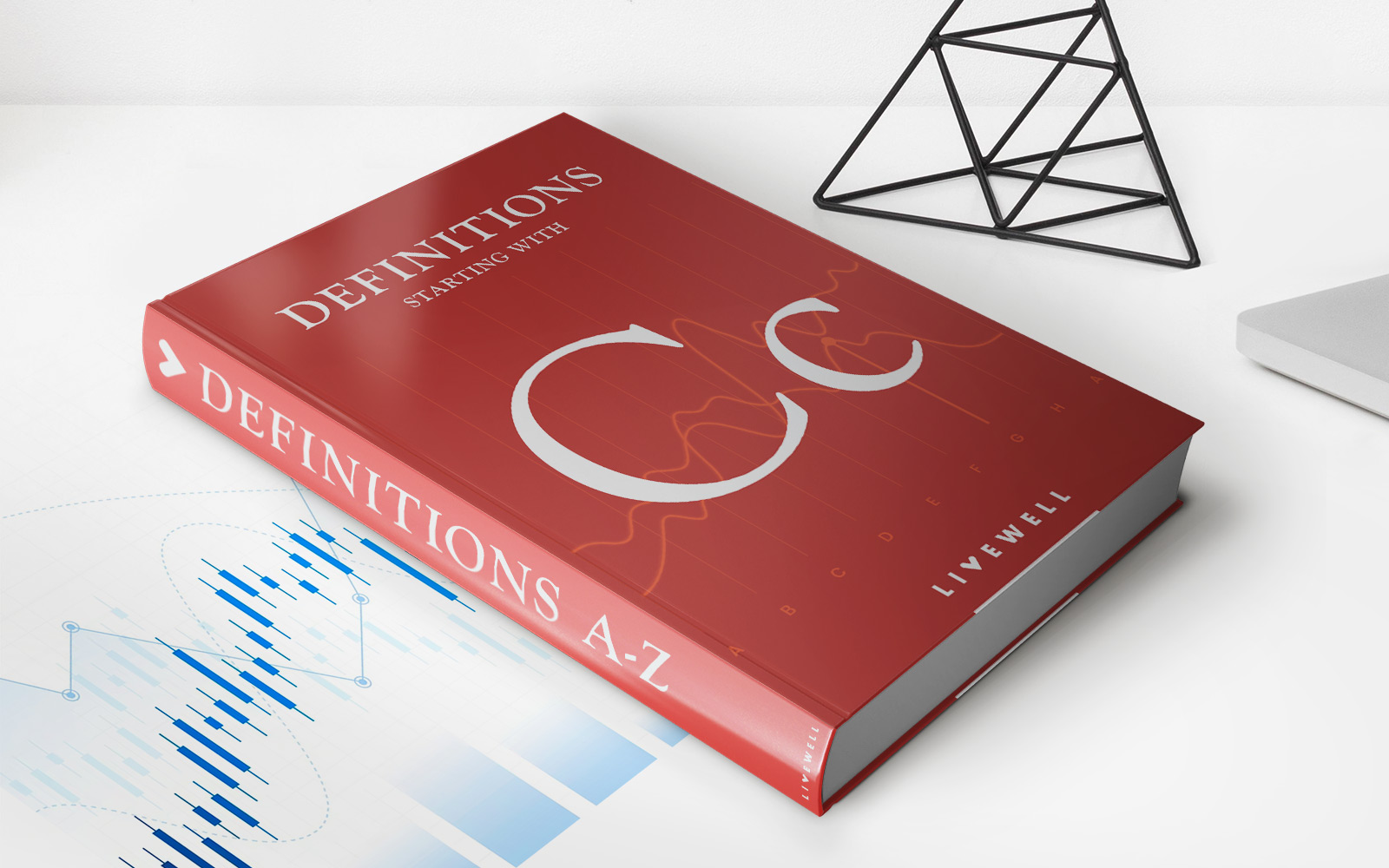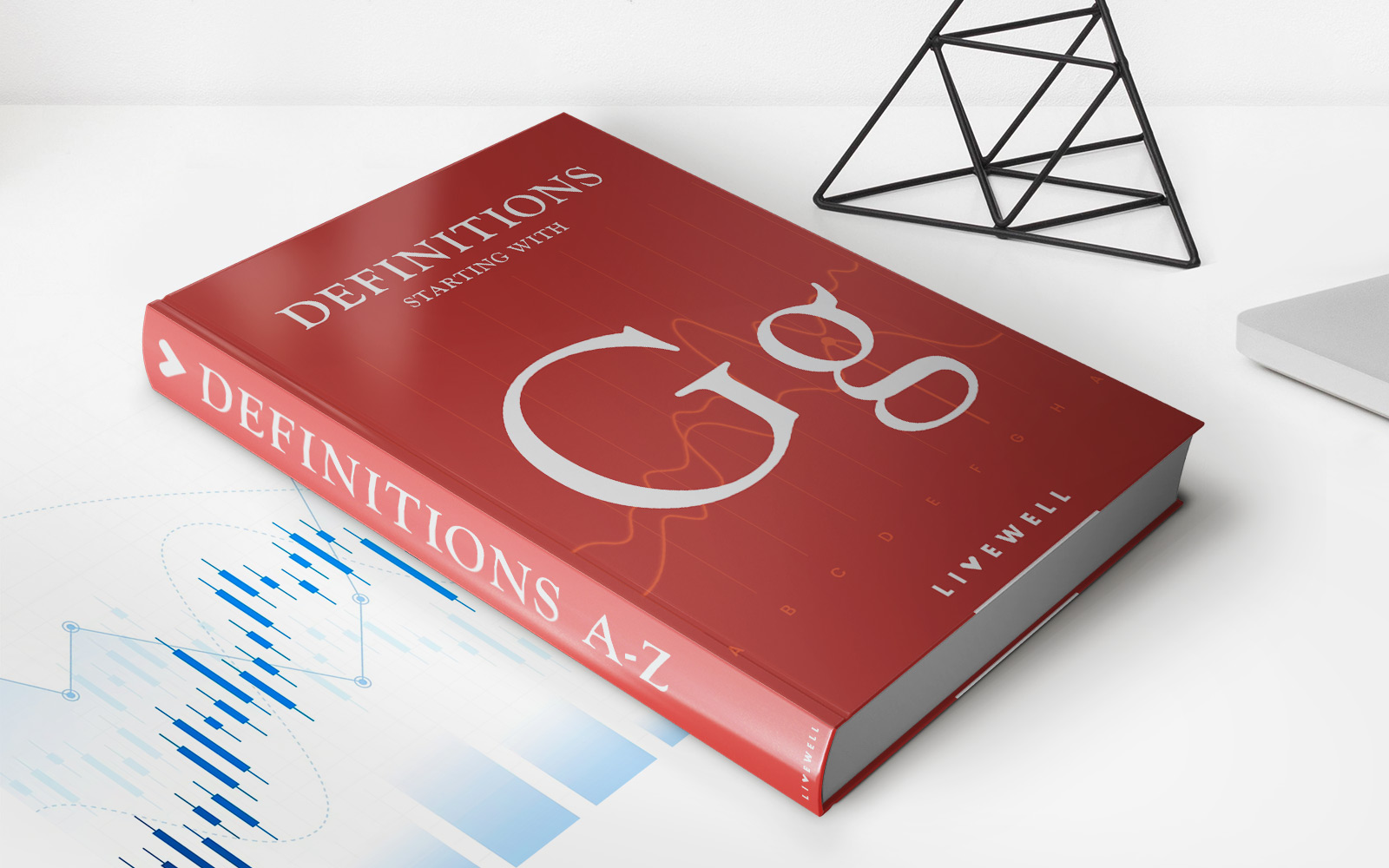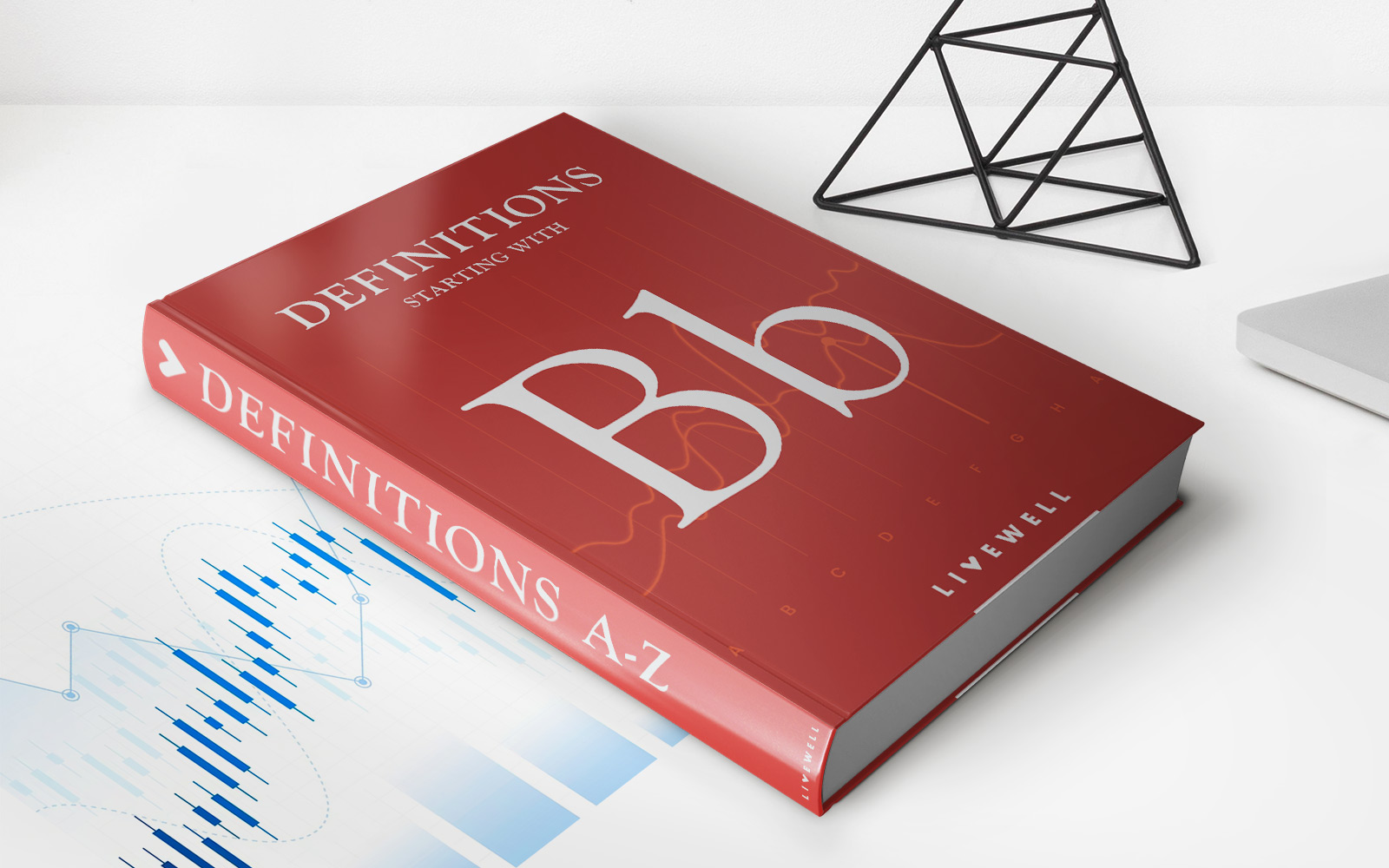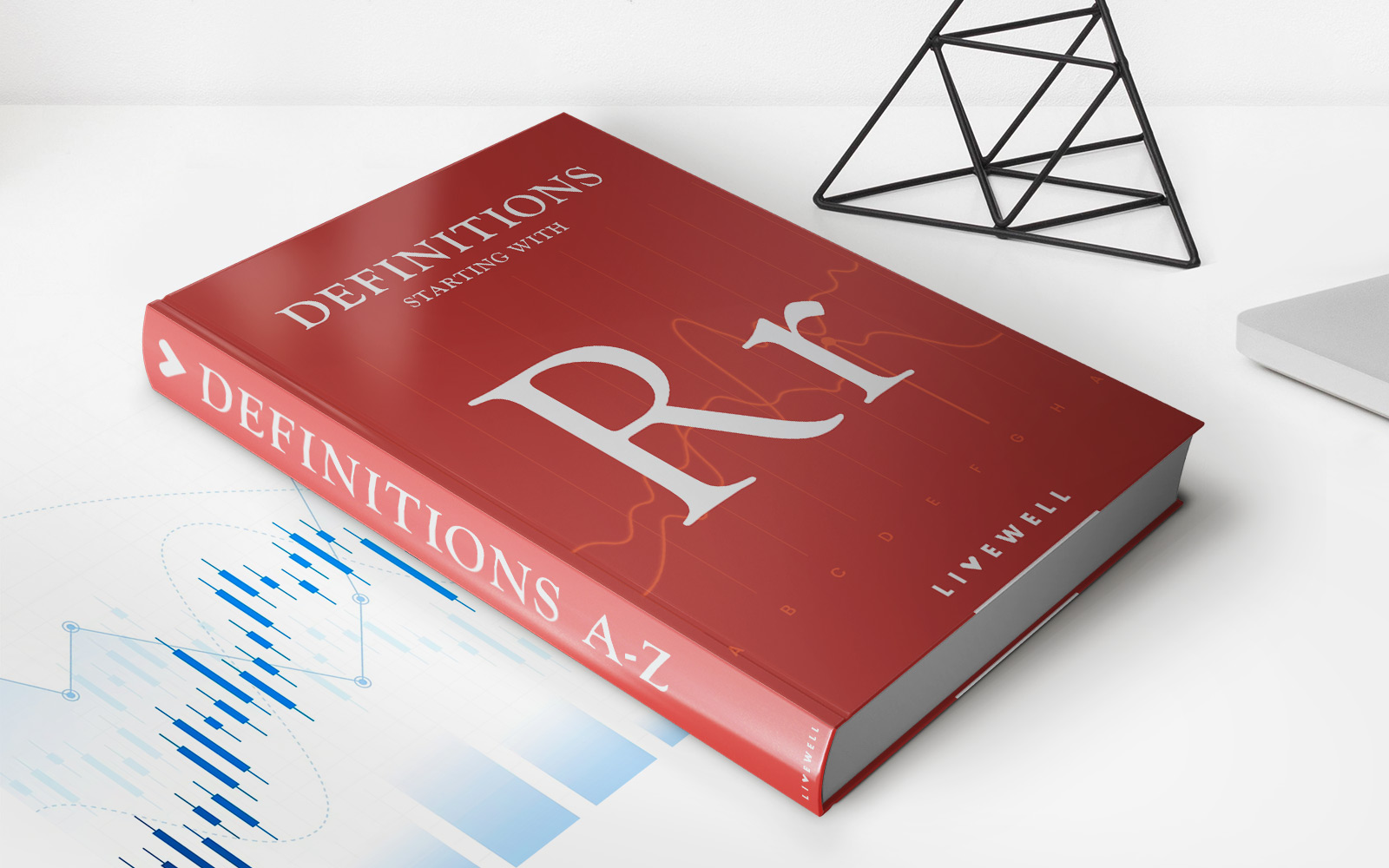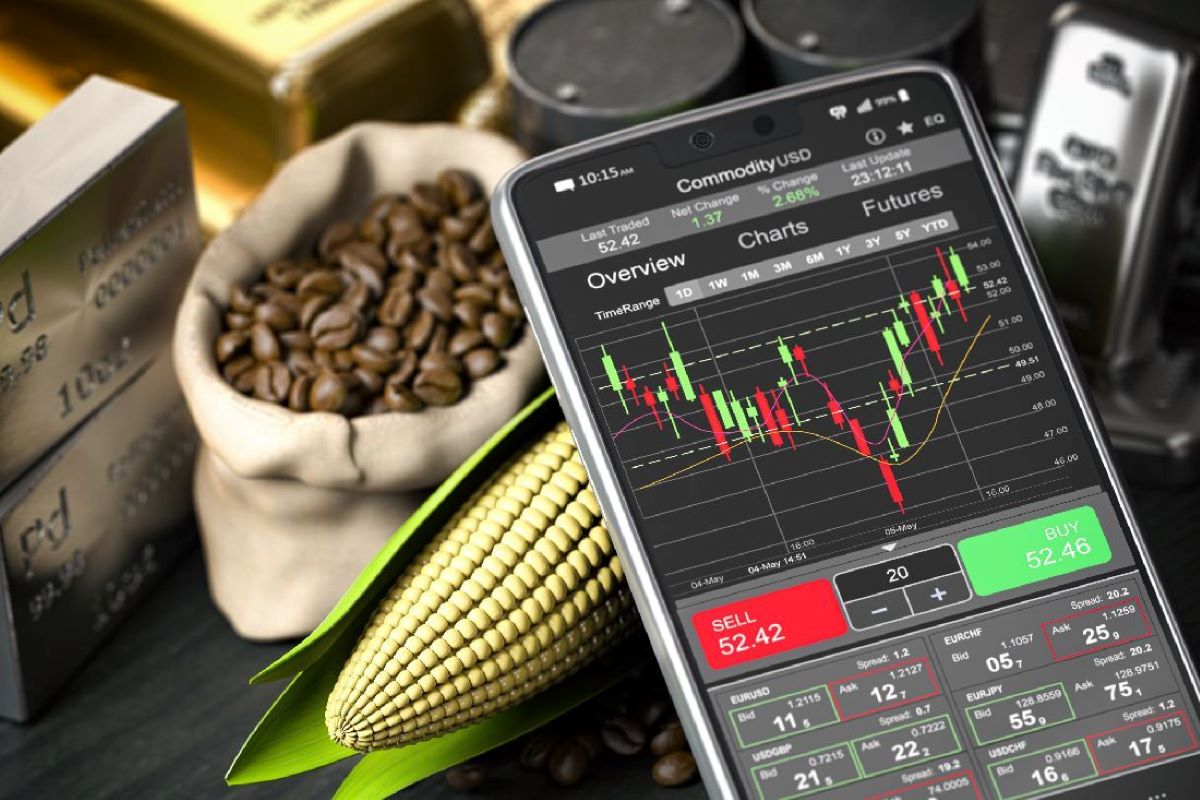

Finance
What Can Be Traded In A Commodities Market?
Published: October 27, 2023
Discover the variety of commodities that can be traded in the finance market, including precious metals, energy resources, agricultural products, and more. Explore the opportunities for diversifying your investment portfolio.
(Many of the links in this article redirect to a specific reviewed product. Your purchase of these products through affiliate links helps to generate commission for LiveWell, at no extra cost. Learn more)
Table of Contents
Introduction
Welcome to the exciting world of commodities trading! The commodities market is a fascinating and dynamic sector of the financial world where various raw materials and goods can be bought and sold. Unlike stocks or bonds, commodities represent physical assets that can be traded on exchanges worldwide.
Commodities can be categorized into different types based on their characteristics and uses. In this article, we will explore the various categories of commodities traded in the market and provide an overview of what can be traded within each category.
Commodities have been traded for centuries, dating back to ancient civilizations. Today, the commodities market plays a crucial role in global trade and economic growth. Traders and investors engage in commodities trading for a multitude of reasons, including profit potential, hedging against price fluctuations, and diversifying investment portfolios.
One of the key characteristics of commodities is their fungibility, which means that each unit is identical to another unit of the same commodity. This allows for easy and standardized trading. The commodities market is also influenced by factors such as supply and demand, geopolitical events, weather conditions, and economic trends.
Now let’s dive into the different categories of commodities and explore what can be traded within each category.
Agricultural Commodities
Agricultural commodities consist of a wide range of products that are derived from farming activities. These commodities can be further categorized into grains, oilseeds, softs, and livestock. Each category represents specific agricultural products that are actively traded in the commodities market.
Grains: Grains are a staple in our diets and an essential component of agricultural commodities. Examples of grain commodities include wheat, corn, rice, oats, and barley. These commodities are traded in both futures and spot markets, with prices influenced by factors such as weather conditions, global demand and supply, and government policies.
Oilseeds: Oilseeds, as the name suggests, refer to commodities that produce edible oils. Popular oilseed commodities include soybeans, palm oil, canola, and sunflower seeds. These commodities are utilized in various industries, including food processing, cooking oils, biodiesel production, and animal feed.
Softs: Soft commodities are agricultural products that are typically grown in tropical or subtropical regions. This category includes commodities such as coffee, cocoa, sugar, cotton, and orange juice. Soft commodities are influenced by factors such as weather conditions, diseases, and geopolitical events as they are highly sensitive to supply and demand dynamics.
Livestock: Livestock commodities comprise animals that are raised for meat production. The key livestock commodities traded in the market include cattle, hogs, and poultry. Prices of livestock commodities are influenced by factors such as feed costs, disease outbreaks, consumer preferences, and overall demand for meat products.
Agricultural commodities are vital for the global food supply chain, making them an essential part of the commodities market. Traders and investors analyze supply and demand patterns, weather forecasts, and geopolitical events to make informed decisions and capitalize on price movements in the agricultural commodities market.
Energy Commodities
Energy commodities are essential resources that power our modern world. These commodities, which include crude oil, natural gas, heating oil, and gasoline, play a crucial role in various industries and are actively traded in the commodities market.
Crude Oil: Crude oil is the most widely traded commodity in the world. It is a fossil fuel derived from underground reservoirs and serves as a primary source of energy for transportation, manufacturing, and heating. Crude oil prices are influenced by factors such as geopolitical tensions, global demand and supply, OPEC (Organization of the Petroleum Exporting Countries) decisions, and economic trends.
Natural Gas: Natural gas is a clean-burning fossil fuel that is primarily used for electricity generation, heating, and cooking. It is also an important feedstock in various industries such as petrochemicals. Natural gas prices are influenced by factors such as weather patterns, storage levels, supply and demand dynamics, and geopolitical events.
Heating Oil: Heating oil, also known as fuel oil or diesel, is commonly used for heating residential and commercial buildings. It is also utilized in transportation and industrial applications. Heating oil prices are influenced by factors such as crude oil prices, weather conditions, supply and demand, and government regulations.
Gasoline: Gasoline, or petrol, is the primary fuel used in automobiles. It is derived from crude oil and plays a significant role in the transportation sector. Gasoline prices are influenced by factors such as crude oil prices, refining capacity, taxation, and seasonal demand fluctuations.
Energy commodities are highly liquid and actively traded, with prices fluctuating based on various factors. Traders and investors in the energy market closely monitor geopolitical events, production levels, inventories, and economic indicators to make informed decisions and capitalize on price movements.
Metal Commodities
Metal commodities are widely traded in the commodities market due to their various industrial applications and value as a store of wealth. These commodities can be categorized into two main types: base metals and precious metals.
Base Metals: Base metals are industrial metals that are widely used in sectors such as construction, manufacturing, and infrastructure. Examples of base metals include copper, aluminum, zinc, lead, and nickel. These commodities are influenced by factors such as global economic growth, industrial demand, production levels, and supply disruptions.
Precious Metals: Precious metals, on the other hand, have significant value both as industrial metals and as investment assets. Precious metals include gold, silver, platinum, and palladium. These metals are used in various industries such as jewelry, electronics, dentistry, and automotive catalysts. Additionally, precious metals serve as a hedge against inflation and a safe haven investment during times of economic uncertainty.
Gold, in particular, is highly sought after due to its historical significance as a store of value and its perceived stability. It is often considered a “safe haven” asset and a protection against financial volatility. Silver, platinum, and palladium also possess unique industrial uses and are influenced by factors such as supply and demand dynamics, geopolitical events, and investor sentiment.
Trading in metal commodities involves analyzing global economic trends, supply and demand dynamics, geopolitical risks, and market sentiment. Additionally, the prices of metal commodities are influenced by factors such as currency fluctuations, mining production, technological advancements, and regulatory policies.
The metal commodities market is known for its liquidity and volatility, attracting traders and investors seeking diversification and potential profit opportunities. Whether it’s base metals or precious metals, these commodities play a vital role in various industries and investment strategies.
Precious Metal Commodities
Precious metals are a category of commodities that hold significant value due to their rarity, beauty, and various industrial applications. These metals, which include gold, silver, platinum, and palladium, are actively traded in the commodities market and serve as investment assets and store of value.
Gold: Gold is perhaps the most well-known and prized among the precious metals. It has been used as a form of currency and a symbol of wealth for centuries. Gold is sought after for its inherent value, and it is widely utilized in jewelry, electronics, and dentistry. Additionally, gold serves as a hedge against inflation and is often considered a safe haven during times of economic uncertainty. The price of gold is influenced by factors such as global economic conditions, interest rates, investor sentiment, and geopolitical events.
Silver: Silver, often referred to as the “poor man’s gold,” is another precious metal with industrial applications. It is used in jewelry, electronics, solar panels, and various industrial processes. Silver’s price movements are influenced by factors such as industrial demand, supply dynamics, investor sentiment, and economic conditions.
Platinum: Platinum is a rare and valuable metal primarily used in the automotive industry for catalytic converters. It is also used in jewelry, electronics, and the chemical industry. The price of platinum is influenced by factors such as global economic conditions, industrial demand, supply disruptions, and investor sentiment.
Palladium: Palladium is a precious metal that shares similarities with platinum and is used in similar applications. It is particularly crucial in the automotive industry for catalytic converters due to its ability to reduce harmful emissions. Palladium’s price is influenced by factors such as automotive demand, supply dynamics, economic growth, and investor sentiment.
Investing in precious metals can offer diversification and a potential hedge against inflation and economic uncertainty. Traders and investors in the precious metals market closely monitor global economic trends, geopolitical events, and market sentiment to make informed decisions.
While precious metal commodities have industrial uses, they also hold a unique allure as investment assets and store of value. As a result, they continue to play a significant role in the commodities market and attract participation from a wide range of traders and investors seeking both financial security and profit potential.
Livestock Commodities
Livestock commodities represent animals that are raised for various purposes, such as meat production, dairy products, and other livestock-related products. These commodities are actively traded in the commodities market, and their prices are influenced by factors such as supply and demand, feed costs, disease outbreaks, and consumer preferences.
Cattle: Cattle are one of the most prominent livestock commodities traded in the market. They are primarily raised for beef production. The cattle market is influenced by factors such as global demand for beef, feed costs, weather conditions impacting grazing lands, and regulatory policies related to animal diseases and trade.
Hogs: Hogs, also known as pigs, are a significant livestock commodity that is primarily raised for pork production. The hog market is influenced by factors such as consumer demand for pork, feed costs, disease outbreaks (such as African swine fever), export demand, and government regulations affecting the industry.
Poultry: Poultry commodities primarily include chickens and turkeys. They are raised for meat and eggs. The poultry market is influenced by factors such as consumer demand for poultry products, feed costs, health concerns (such as avian influenza), export demand, and regulatory policies related to food safety and animal welfare.
Livestock commodities are influenced by both supply-side and demand-side factors. On the supply side, factors such as weather conditions, feed costs, disease outbreaks, and regulatory policies impact the availability and cost of raising livestock. On the demand side, consumer preferences, population growth, income levels, and cultural factors influence the consumption of meat and other livestock products.
The livestock market offers opportunities for traders and investors to capitalize on price movements and hedge against volatility. Those involved in the livestock commodities market analyze a diverse range of factors, including agricultural reports, weather forecasts, trade policies, and consumer trends, to make informed trading decisions.
With the ever-growing global demand for meat and livestock-related products, the livestock commodities market continues to thrive and attract participants looking to benefit from the dynamic nature of this sector in the commodities market.
Industrial Commodities
Industrial commodities are a diverse group of raw materials that are used in manufacturing and construction industries. These commodities play a vital role in the production of goods and infrastructure development. The industrial commodities market is influenced by factors such as global economic growth, industrial demand, technological advancements, and supply dynamics.
Iron Ore: Iron ore is a key industrial commodity used in the production of steel. It is mined and processed into iron pellets or fines, which are then used in various applications, including construction, automotive manufacturing, and infrastructure development. Iron ore prices are influenced by factors such as global steel demand, production levels, mining regulations, and geopolitical events.
Copper: Copper is an essential industrial metal used in electrical wiring, plumbing systems, and various electronic applications. It is known for its excellent conductivity and corrosion resistance. Copper prices are influenced by factors such as global economic conditions, construction and infrastructure demand, supply disruptions, and technological advancements.
Aluminum: Aluminum is a lightweight metal with excellent strength and corrosion resistance. It is widely used in industries such as aerospace, transportation, and packaging. Aluminum prices are influenced by factors such as global economic growth, industrial demand, supply dynamics, and energy costs related to production.
Nickel: Nickel is predominantly used in stainless steel manufacturing. It provides corrosion resistance and enhances the strength of alloys. Nickel prices are influenced by factors such as stainless steel demand, mining production levels, geopolitical events, and environmental regulations related to mining activities.
Other industrial commodities include zinc, lead, tin, and various specialty metals. These commodities are used in industries such as construction, automotive manufacturing, electronics, and chemicals. The prices of industrial commodities are influenced by factors such as global economic trends, industrial production levels, infrastructure development, technological advancements, and government policies.
Trading in industrial commodities requires analysis of both macroeconomic indicators and industry-specific factors. Traders and investors closely monitor economic trends, industrial production data, technological advancements, and geopolitical events to make informed decisions and capitalize on price movements in the industrial commodities market.
The demand for industrial commodities is closely tied to global economic growth, making this sector an important barometer for assessing the health of various industries and economies. As such, the industrial commodities market remains a significant part of the commodities landscape and attracts participants seeking exposure to the industrial sector’s growth and development.
Soft Commodities
Soft commodities, also known as agricultural softs, are a category of commodities that are grown rather than mined or manufactured. These commodities are typically derived from plants and include products such as coffee, cocoa, sugar, cotton, and orange juice. Soft commodities are an integral part of the commodities market and are influenced by factors such as weather conditions, global supply and demand, and geopolitical events.
Coffee: Coffee is one of the most widely consumed beverages in the world and is traded as a soft commodity. It is grown in regions known as the “coffee belt,” which spans across countries like Brazil, Colombia, Vietnam, and Ethiopia. Coffee prices are influenced by factors such as weather conditions, crop diseases, production levels, and consumer demand trends.
Cocoa: Cocoa is the primary ingredient in chocolate and is a highly sought-after soft commodity. It is primarily grown in countries such as Ivory Coast, Ghana, and Indonesia. Cocoa prices are influenced by factors such as weather conditions, pest outbreaks, global demand for chocolate products, and supply disruptions due to political instability.
Sugar: Sugar is a widely used sweetener and is produced from sugar cane and sugar beets. It is traded as both a raw commodity and a refined product. Sugar prices are influenced by factors such as global supply and demand, weather conditions impacting sugar crops, trade policies, and government regulations related to sugar production and consumption.
Cotton: Cotton is a versatile commodity used in the textile industry for the production of fabrics and clothing. It is grown in countries like the United States, India, China, and Brazil. Cotton prices are influenced by factors such as global demand for textiles, weather conditions impacting cotton crops, government policies, and trade dynamics.
Orange Juice: Orange juice is a popular beverage worldwide, and its production is highly influenced by weather patterns and disease outbreaks affecting citrus fruits. Orange juice prices are influenced by factors such as weather conditions impacting citrus crops, consumer demand, supply dynamics, and exchange rates.
Soft commodities are susceptible to price volatility due to their dependence on weather conditions, which can impact crop yields and quality. Additionally, factors such as changes in consumer preferences for healthier food choices and government policies related to agricultural subsidies and trade agreements can also affect soft commodity prices.
Trading in soft commodities requires close monitoring of crop reports, weather forecasts, export and import data, and global market trends. Traders and investors in soft commodities strive to stay informed about supply and demand dynamics, geopolitical events, and market sentiment to make strategic trading decisions.
The soft commodities market provides opportunities for traders and investors to participate in the global agricultural sector and profit from price fluctuations. As consumer preferences evolve and global demand for food and beverages continues to rise, soft commodities remain an essential component of the commodities market.
Financial Commodities
Financial commodities, also known as financial instruments or derivatives, are a unique category of commodities that derive their value from underlying financial assets or indices. Unlike physical commodities, financial commodities are contracts or instruments that represent an ownership interest in an underlying asset. These commodities are actively traded in financial markets and play a vital role in the global economy.
Stocks: Stocks, also known as equities, are financial commodities that represent ownership in a company. Investors can trade stocks in the form of shares, which entitle them to a portion of the company’s profits and assets. The value of stocks is influenced by factors such as company performance, industry trends, economic conditions, and investor sentiment.
Bonds: Bonds are debt instruments that represent a loan made by an investor to a government or a corporation. Investors who purchase bonds receive periodic interest payments and the return of their principal amount upon maturity. Bond prices are influenced by factors such as interest rates, credit ratings, inflation expectations, and economic conditions.
Options: Options are financial contracts that give the holder the right, but not the obligation, to buy or sell an underlying asset at a predetermined price on or before a specified date. Options can be used to speculate on price movements, hedge against risk, or generate income through premiums. Option prices are influenced by factors such as the price of the underlying asset, volatility, time to expiration, and market conditions.
Futures: Futures contracts are legally binding agreements to buy or sell an underlying asset at a predetermined price on a specified future date. Futures can be based on various commodities, including agricultural products, energy, precious metals, and financial instruments. Futures prices are influenced by factors such as supply and demand dynamics, market sentiment, and economic indicators.
Exchange-Traded Funds (ETFs): ETFs are investment funds that are traded on stock exchanges and represent a basket of underlying assets, such as stocks, bonds, commodities, or a combination of different assets. ETFs provide investors with exposure to a diversified portfolio of assets and can be bought or sold throughout the trading day at market prices.
Indexes: Indexes are financial commodities that track the performance of a specific group of stocks or other assets. These can include broad market indexes, sector-specific indexes, or regional indexes. Index prices are influenced by the performance of the underlying assets and factors affecting the overall market or industry represented by the index.
Financial commodities provide opportunities for investors to participate in the financial markets, manage risks, and diversify their investment portfolios. Traders and investors in financial commodities analyze market trends, company financials, economic indicators, and geopolitical events to make informed decisions and capitalize on price movements in these markets.
The financial commodities market is highly regulated and plays a crucial role in the global financial system. It provides liquidity, price discovery, and risk management tools for market participants and serves as an essential component of the overall commodities market.
Conclusion
The commodities market is a fascinating and dynamic sector of the financial world, offering a wide range of trading opportunities for investors and traders. From agricultural commodities and energy resources to metals, soft commodities, and financial instruments, the commodities market encompasses a diverse array of assets that are essential to global trade and economic growth.
Trading in commodities allows participants to capitalize on price movements, hedge against risks, and diversify investment portfolios. The commodities market is influenced by various factors, including supply and demand dynamics, geopolitical events, weather conditions, and economic trends. Traders and investors closely monitor these factors to make informed decisions and seize opportunities in the market.
Whether it’s trading agricultural commodities like grains, oilseeds, or livestock; venturing into energy commodities such as crude oil and natural gas; investing in precious metals like gold and silver; engaging in the industrial commodities market with metals like copper and aluminum; exploring soft commodities like coffee, cocoa, or sugar; or delving into financial commodities such as stocks, bonds, options, futures, or ETFs, there are diverse avenues to explore in the commodities market.
It is important for market participants to do thorough research, understand the intricacies of each commodity type, and stay updated with relevant news and market trends. This will enable them to make informed trading decisions and mitigate risks associated with volatility and market uncertainties.
In conclusion, the commodities market offers a multitude of trading opportunities, catering to the needs of different investors and traders. As global demand for commodities continues to grow and economic conditions evolve, this market remains a significant contributor to the global economy and provides avenues for financial growth and diversification.
Whether you are a seasoned investor or just starting to explore the world of commodities trading, understanding the various categories of commodities and their unique characteristics is essential. So, put your knowledge into action and embark on an exciting journey in the commodities market!


